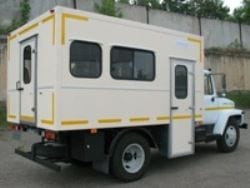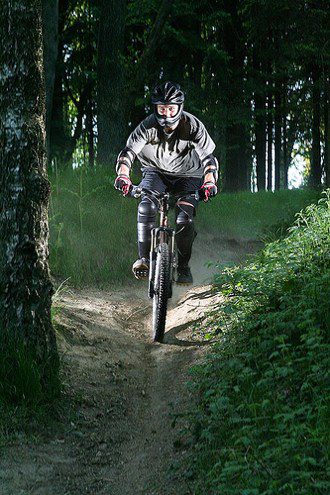
How to properly use light when shooting a mountain bike?
If you, like us, are passionate about photography and always strive to get the best shot in a given situation and improve your technique, here are some tips to take you one step further and hopefully help you capture superior mountain biking photos. ... trips that will quickly complement the course descriptions on UtagawaVTT !!!
As a preamble, first tip: always take pictures that are slightly underexposed (especially if you're shooting in jpeg format). It will be much easier to retouch a photo that is slightly underexposed than overexposed; once the image turns white, the colors cannot be restored!
Raw or JPEG?
You may not have a choice! Does your camera allow you to shoot in RAW format or only in jpeg format? If your device supports raw, it is usually set to jpeg by default. And it works really well! So why change? What are the advantages and disadvantages of each format?
First of all, what is JPEG? When you take a photo, the sensor records all of your image data, then the processor inside the device converts it (contrast, saturation, color), it independently retouches the photo and compresses it to deliver the final jpeg format. format. Unlike the RAW format, it has not been processed by the camera.
Based on this, we can roughly say that the advantages of jpeg is an image that has already been processed (improved?!), readable on any computer, compressed, therefore more lightweight, ready to use! On the other hand, it has less detail than raw and hardly supports additional retouching.
Conversely, the raw file is not processed, so sensor data is not lost, there is much more detail, especially in the light and dark areas, and can be edited. But it requires software to process, it cannot be read or printed directly by the computer, and it is much heavier than jpeg. In addition, a fast memory card is required for burst shooting.
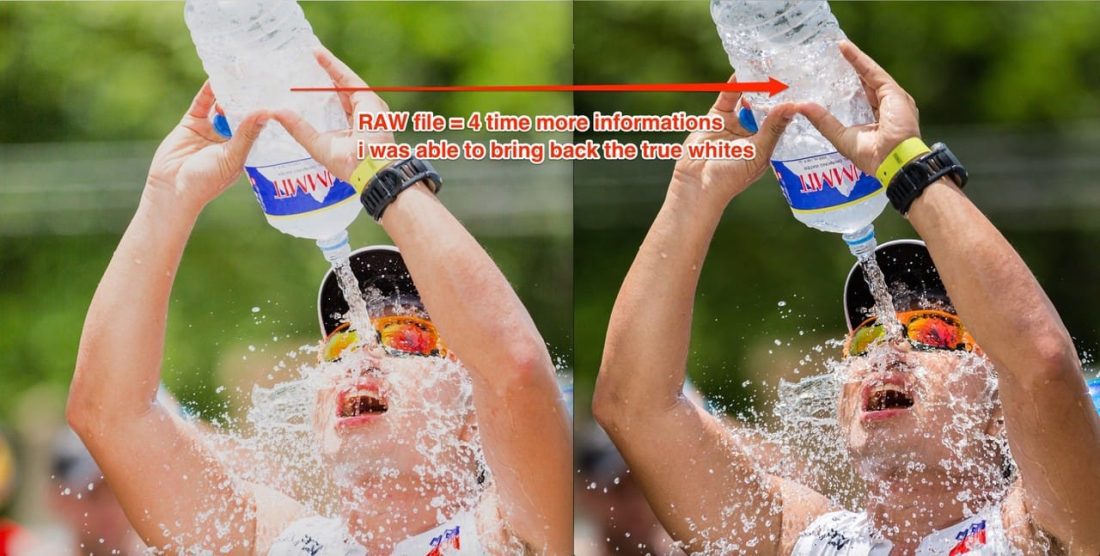
So what's the choice to film on your mountain bike ride? If you want to shoot action scenes like jumping and need burst mode, jpeg is recommended with a small memory card! On the other hand, if you shoot in mediocre lighting conditions (forest, bad weather, etc.), or if you need maximum quality and retouching capabilities, of course in RAW!
white balance
Have you ever taken really bad color photos? What, for example, with a frankly yellowish tint in the evenings indoors or a little blue outdoors on a cloudy day? White balance is the adjustment of the camera so that the white color of the scene remains white in the photograph under all shooting conditions. Each light source has a different color: for example, orange for an incandescent lamp, more bluish for a flash. On the street in the same way, depending on the time of day or weather, the color of the light changes. Our eye usually compensates for white to make it appear white to us, but not always the camera! So how do you set the white balance? It's simple: depending on the type of light source that illuminates your object.
Most cameras have settings adapted to different types of light: automatic, incandescent, fluorescent, sunny, cloudy, etc. Avoid automatic mode if possible and take the time to adjust the balance to suit your current environment. ... ! If you are photographing while riding a mountain bike, look at the weather: cloudy or sunny, in the forest in the shade, or on the top of a mountain in bright sunshine? These different modes usually give satisfactory results! And it will also prevent your photos from having very different aspects in terms of color for the same output, some of which are more yellow or bluer!
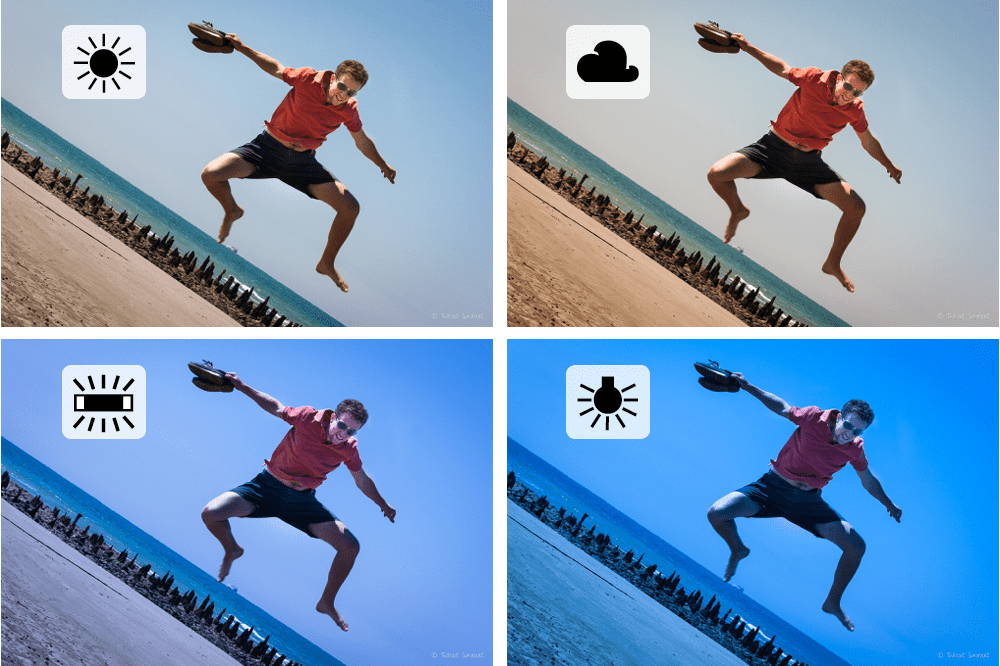
Balance adjustment is used to make photos as close as possible to the reality perceived by the eye, but conversely, you can also adjust the white balance to give the photo a special effect!
Aperture and depth of field
Depth of field is the area of a photo where objects are in focus. Changing the depth of field allows you to highlight certain objects or details.
- If I am shooting a close-up subject with a beautiful background or landscape, I want both the subject and the background to be in focus. To do this, I will maximize the depth of field.
- If I take a close subject (like a portrait) that I want to highlight, I minimize the depth of field. My subject will be in focus against a blurred background.
To play around with the depth of field in photography, you have to use a setting that all cameras usually offer: aperture aperture.
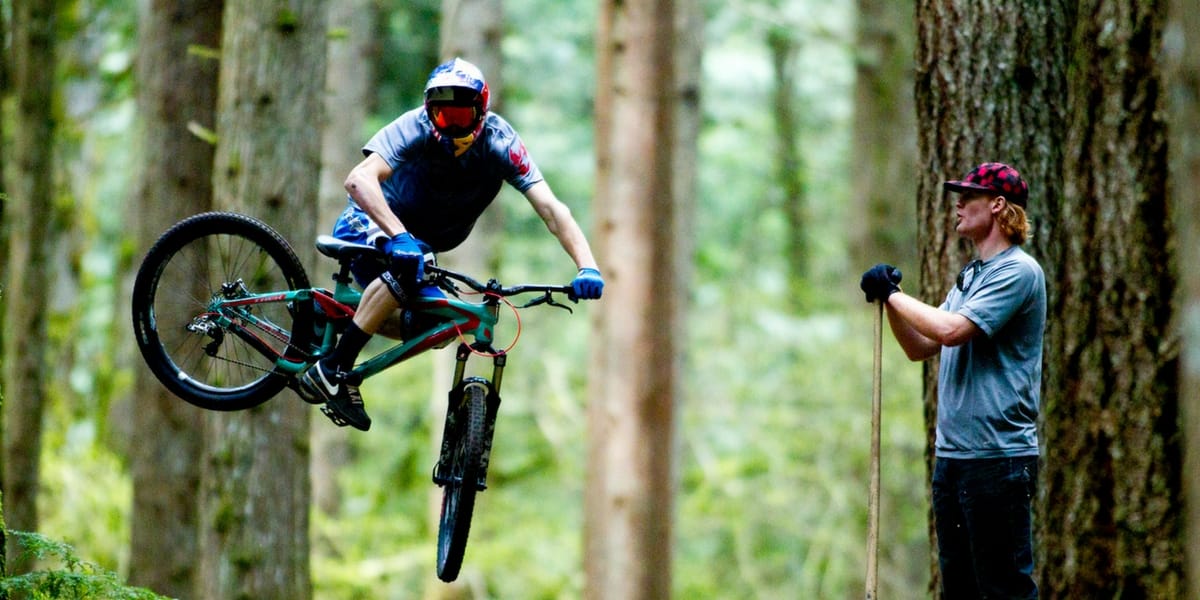
What is openness?
Aperture (Aperture) of a lens is a parameter that controls the aperture diameter of the aperture. It is characterized by the number of frequently mentioned "f / N". This dimensionless number is defined as the ratio of the focal length f of the lens to the diameter d of the surface of the hole left by the open aperture ː N = f / d
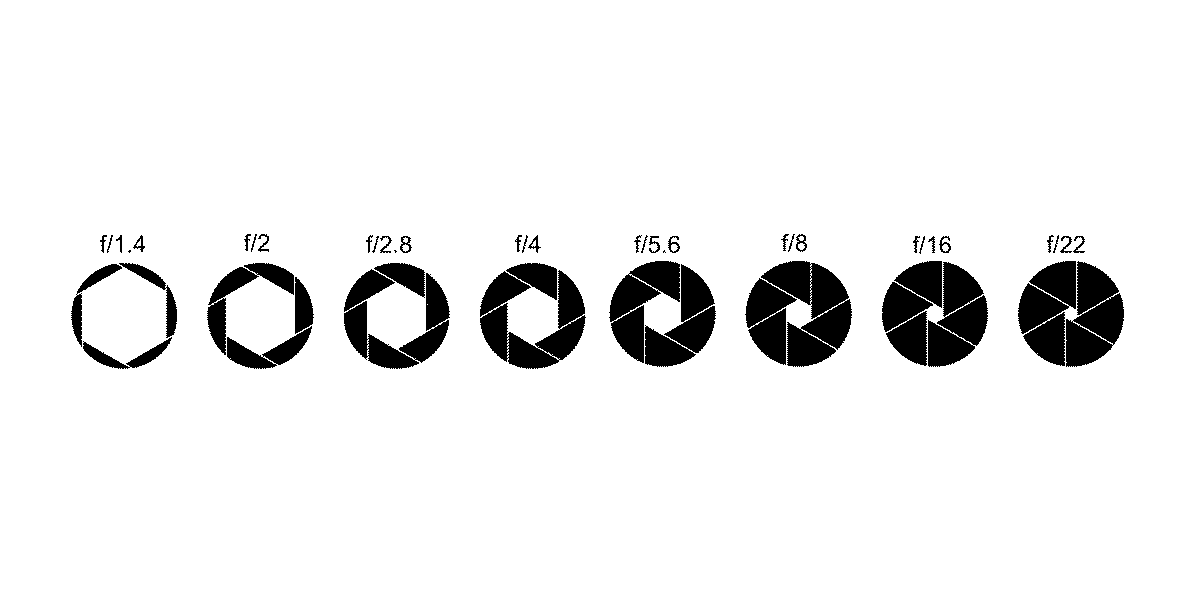
At a constant focal length, an increase in the number of apertures N is a consequence of closing the diaphragm. Several designations are used to indicate the cost of opening. For example, to indicate that a lens is used with an aperture of 2,8, we find the following notation: N = 2,8, or f / 2,8, or F2.8, or 1: 2.8, or just 2.8.
Aperture values are standardized: n = 1,4 - 2 - 2,8 - 4 - 5,6 - 8 - 11 - 16 - 22…etc.
These values are set so that twice as much light enters the lens as you move from one value to another in the descending direction.
Focal length / aperture (f / n) defines a very important concept, especially in portraits and macro photography: depth of field.
Simple rule:
- To maximize the depth of field, I choose a small aperture (we often say "I'm close to maximum" ...).
- To minimize the depth of field (blur the background), I choose a large aperture.
But be careful, the aperture opening is expressed as a "1 / n" ratio. However, the cameras do not display “1 / n” but “n”. Aspiring mathematicians will understand this: to indicate a large aperture, I must indicate a small n, and to indicate a small aperture, I must indicate a large n.
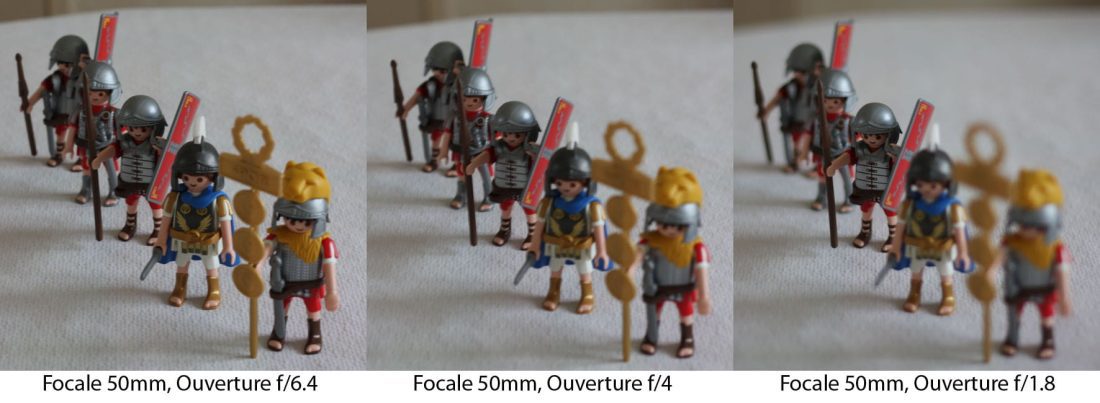
In summary:
 Shallow depth of field due to large aperture and hence small n (4)
Shallow depth of field due to large aperture and hence small n (4)
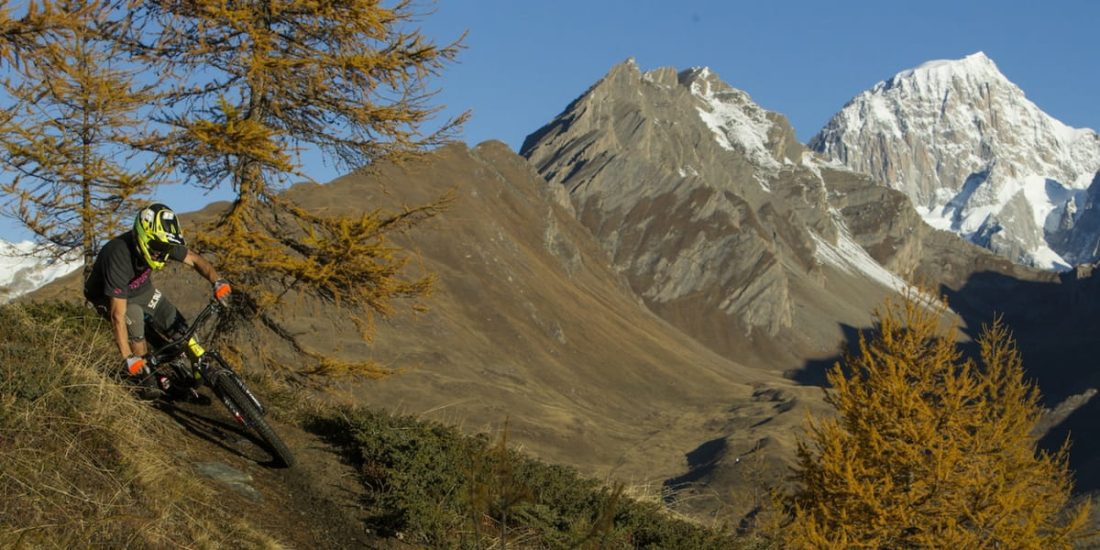 Large opening of the field due to the small opening and therefore the large n (8)
Large opening of the field due to the small opening and therefore the large n (8)
Don't forget the light!
As stated earlier, aperture affects the amount of light that enters the lens. Hence, aperture and exposure are related if we want the subject to be well exposed in the foreground as well as the background in focus (with a low aperture such as f / 16 or f / 22), while brightness does not necessarily allow it. it will be necessary to compensate for the lack of light by increasing shutter speed or ISO sensitivity, but that will be the subject of a future article!
